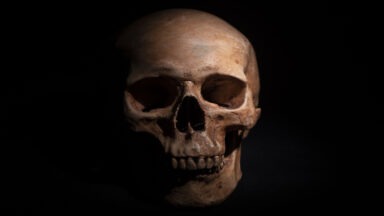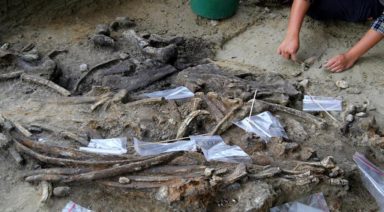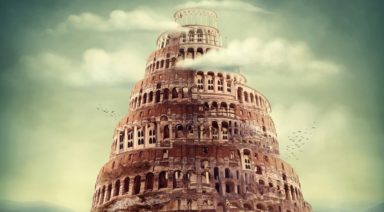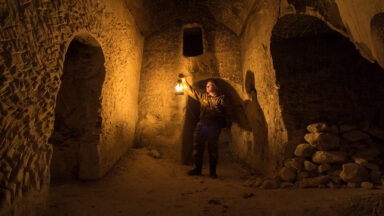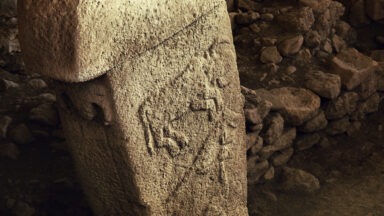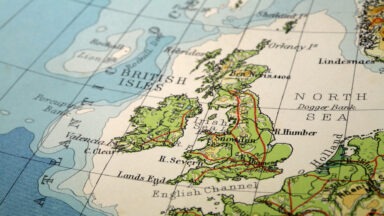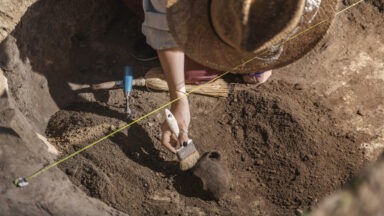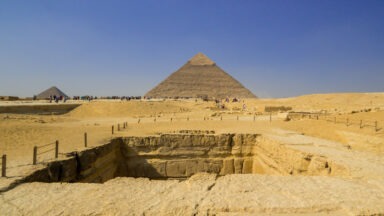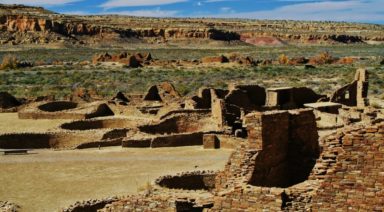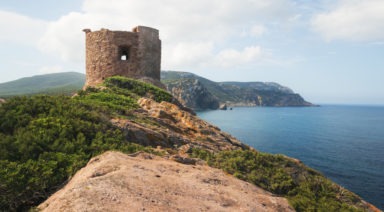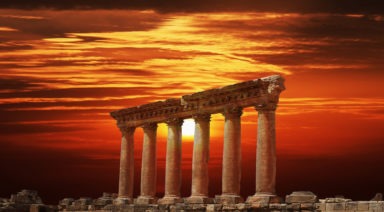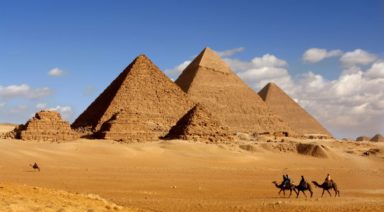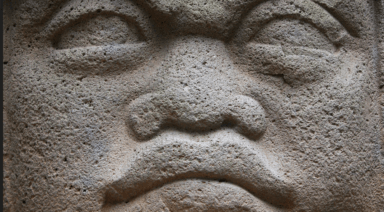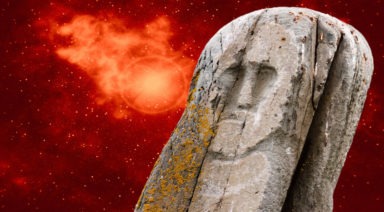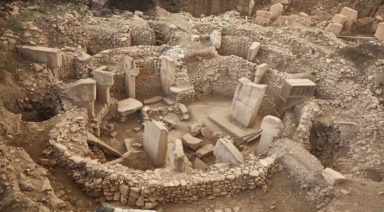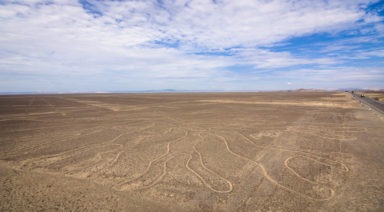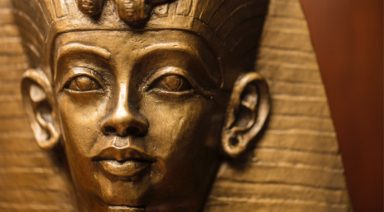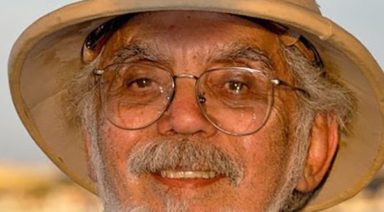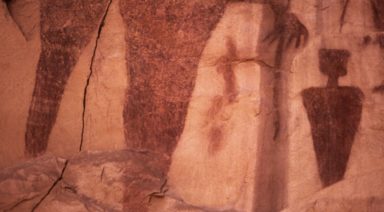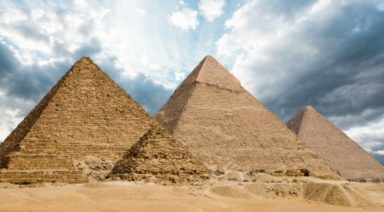Who Are the Knights Templar?
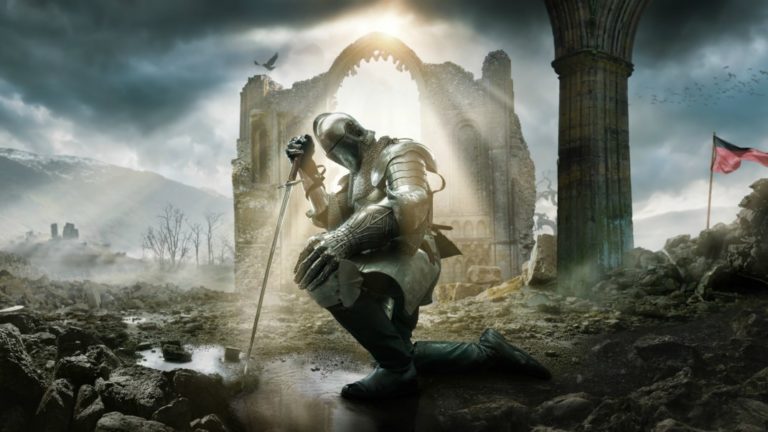
One of the most enduring historical topics, one filled with mystery, drama, abuses of power and outright betrayal, is that of the Knights Templar, the guardians of King Solomon’s Temple and the champions of Christianity in Jerusalem. Chances are, you’ve seen the Templars portrayed in cinema, read about them in novels, or have followed them down alternative historical avenues. Nothing fiction can provide can come close to the truth of what started as a group of nine Knights and ended with one of the most powerful financial and military organizations ever created.
It has been implied through historical speculation, as well as dramatic fiction, that the Knights Templar protected great secrets, too dangerous for the public to discover, as they could disrupt the faith and stability of the Catholic Church, as well as every other religion that relies upon the story of Jesus Christ, as presented in the Bible.
Their connection with the Holy Grail has been implied time and time again, and the belief that they may have known of the offspring of Jesus is a popular theory that has been speculated upon for much longer than most people realize. For those with an interest in Tarot, spend some time with The Chariot card, from the Aleister Crowley Thoth deck. You will discover the theory of the blood lineage of Jesus present in that card if you are willing to look deeply enough.
Who Were the Knights Templar?
We all know that the Middle East is a source of tension, territorial disputes, and war. This fact is nothing new. The Crusades were fought in an effort to recover Jerusalem from the Muslim conquerors of that city. Jerusalem has such importance because it is a sacred focal point for Judaism, Christianity, and Islam.
It was believed that the ability to occupy Jerusalem and control it, was an indication of the divine right to rule and was coveted by both the East and the West. The Crusaders regained control of Jerusalem in 1099. The control of the city was extremely complicated and it was necessary that there be a military force engaged for policing, protective detail, guarding and other duties.
Hugues de Payens, a French knight and nobleman, became the first Grand Master of the Knights Templar. The group initially consisted of nine Knights, supported by a basic staff. Eventually, they would number in the thousands.
Why Were They Called the Knights Templar?
Their name was taken from the fact that they believed that they were camped in what used to be a part of King Solomon’s Temple, specifically the stables, which suited them just fine. Their name as known to us, Knights Templar, simply means the Knights of The Temple. A more correct name for the Knights would be, “Poor Comrades (Soldiers) Of Christ And Solomon’s Temple.”
Unlock the full-length episode Mystery of the Templars with Freddy Silva
What Did The Knights Templar Do?
In addition to maintaining control of the Holy Land, one of the main duties of the Knights was the safe transportation of pilgrims from Europe to Jerusalem and back again. Christian pilgrims were common and the journey was treacherous. The roads were infested with robbers, murderers, and abductors.
Pilgrims without official protection were easy pickings for thugs and were almost certain to fall victim to violence. The Templars were well-trained and honest to a fault. As a formidable fighting force, they were both feared and respected.
In addition to the transport of people and goods, they devised an ingenious plan to keep from moving great amounts of money needlessly through hostile territories. Some consider this to be the first step toward modern banking. The system was remarkably simple.
Money was given to the Templars, in the city of departure, by a pilgrim or family member. The Templar administrators within that city would issue a document stating that fact, so no money actually had to be transported.
Upon arrival in Jerusalem, or whatever city was the destination, the document would be received by a Templar administrator or accountant, and the funds would be released to the pilgrim. If this reminds you of modern checking, it’s for a good reason. The Templars charged an administrative fee for the services rendered.
It could not be called interest, as usury was considered to be a sin. These administrative fees help to build the wealth of the Templars, which would eventually become unparalleled, making them invaluable and yet despised at the same time.
How Else Did the Templars Become Wealthy?
As time went on, entrance into the Templars became exclusive and desirable. Whenever a nobleman joined, and only a nobleman could actually be an actual Knight, he would generally forfeit his properties and wealth to the order itself. Eventually, the order became so rich that they were able to fund armies for nations engaging in wars. It was this very fact that would lead to their eventual demise.
How Did the Templars Live?
Every Knight, and every member of the Templar order beneath the Knights, took an oath of poverty and celibacy. Members were discouraged from speaking to women, even members of their own family and only then when absolutely necessary. To touch a woman was unthinkable, except in the active protection of their safety.
They were said to have fed modestly, lived and slept communally, and shunned worldly pleasures. Their oath of celibacy was taken seriously with grave consequences for those who strayed. It was so strict, that it was not unheard of for members to leave and rejoin the secular world, just as it is now known for holy men and women of religion to leave their calling.
There was a specific hierarchy within the order itself. One could only become a Knight if that station had been held before entering the Templar system. Nobility remained nobility. The Knights were the only fighters to ride horses. Each Knight had squires who saw to his needs and to the needs of his horses. There were servants who took care of most of the menial chores, as well as administrator Knights who ruled over everyone.
At the very top of the order was the Grand Master. He was the ultimate authority, directly below the Pope and, to some extent, the monarch of the kingdom in which the Grand Master lived. The Grand Master’s power was vast and influential, as he held the office for the duration of his life.
As the pinnacle of the Pope’s personal army, so to speak, the Grand Master became a holder of great power and was someone to be reckoned with.
What Brought the Templars to Their Demise?
By the early 1300s, the Templars had become massively wealthy and the funders of war. They had nearly unquestioned power and had been given immunity from the laws of whatever land they lived in, as well as the ability to pass through any border at their whim, without consequence. This latitude gave them the autonomy that some asserted led to corruption and the basic erosion of their original ideals as simple monks with a sacred duty.
The last Grand Master of the Knights Templar was named Jacques DeMolay. It is said that his imperative was to reform the order and attempt to bring it back to its humble roots. It’s probable that DeMolay wasn’t prone to “looking the other way,” when it came to dealing with corrupt monarchs and officials of nations. As a reformer, he would have shaken the web of corruption that seems to follow in the path of government.
Philip IV of France, also known as Philip the Fair, became increasingly intimidated by the power of DeMolay and the Templars. He was also massively in debt to the Knights, as they had funded his war against England. Philip sought to turn France into the undisputed center of power in Europe. To do this, he needed to subjugate and conquer. This took the money and one of his strategies was to expel all the Jews out of France and make what was theirs his, annexing properties and seizing wealth. This wasn’t enough for his plan, so he borrowed from the Templars, perhaps with no intent to repay his debt.
Reformers often face harsh retaliation for their attempt to remove the corruption that stifles the progress of a society or civilization. Jacques DeMolay was no exception to this trend.
On Friday, October 13, 1307, (yes, that’s exactly why) Philip IV of France, in coordination with Pope Clement V, a pontiff put in power by Philip, had all the Knights Templar, no matter where located, excommunicated, arrested and imprisoned on charges of heresy, blasphemy, the worship of unholy idols, sodomy, usury, trampling and spitting upon the cross, and other serious accusations. Jacques DeMolay was imprisoned, tortured, ordered to give up the names and locations of other Templars, all to no avail. He refused to betray those who looked to him for guidance and trusted him with their lives.
Not all Templars were as strong as DeMolay. Some gave up their brethren and were allowed freedom. Others evaded capture and went underground. Others were assessed to be of no threat and were assimilated into other orders, or worked in new capacities, or simply entered monastic orders. It is said that the only country that did not actively seek to eradicate the Knights Templar was Scotland.
In the year 1314, after seven years of torture and inhumane treatment, Jacques DeMolay was publicly executed by being roasted to death. He never gave up his convictions, never admitted to the charges of which he and his brothers were accused, and was defiant to the very end. Before he perished, he pronounced with great certainty that within the year, both Philip IV and Clement V would join him in death. Both men were dead by the end of the year. This brought the formal end to the Knights Templar, or did it?
What Is the Legacy of the Knights Templar?
The interest in the Knights has done anything but diminish. Mysteries abound as to what they actually were up to. What was the mysterious head that they supposedly worshiped, said to be named Baphomet? Some said it was the handkerchief of Veronica, used to wipe the face of Jesus as he carried his cross through the streets of Jerusalem. Some point to the head of John the Baptist, mummified and held as a sacred relic.
The most famous representation of Baphomet is the rendition created by the Eliphas Levi, the great French occultist. This drawing has been misinterpreted, perhaps more than any other graphic representation in the mysteries, and is often mistaken for the devil. It is also known as The Goat of Mendes.
To this day, no one knows exactly what, or if, Baphomet was to the Templars. As to the charge of trampling and spitting upon the cross, there are actually excellent reasons why the Templars might have done such things, in specific initiation rituals. Their meaning would’ve been misconstrued by those who heard of them, just as many of the rituals of secret societies today are completely misunderstood.
The legacy of the Templars, at least in spirit, goes on in the ideals of the unity of cause and an unwillingness to lower one’s ethical standards for any reason whatsoever.
Embracing the Four Cardinal Virtues, Temperance, Fortitude, Prudence and Justice, is a standard still held today by chivalrous orders worldwide.
The concept of giving one’s oath, swearing to adhere to a vow given, regardless of the penalties involved, or more importantly, even if no penalties are implicit, is a direct result of the strength of purpose of the Knights and those like them.
Perhaps the tales of grails and secrets that have disappeared into the fabric of time, protected by noble Knights, are popular because these are the very attributes that we need more than ever in our modern age. Sometimes we can find great comfort in the past.
Until next time, I wish you all peace and love.
Skull Fragment of Missing Human Species Found in Israel
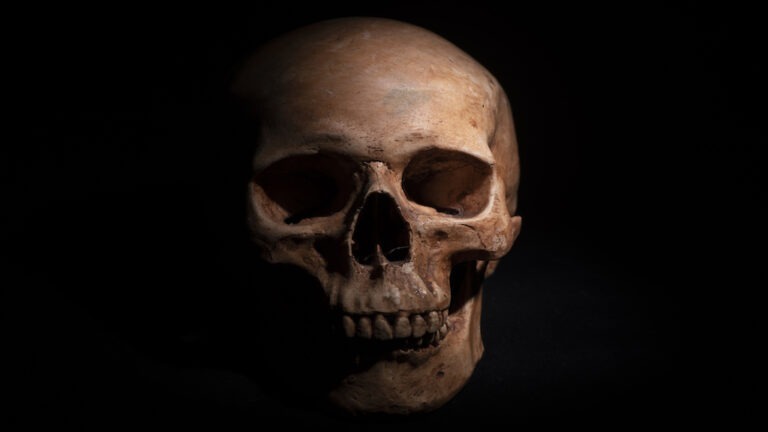
Archeologists in Israel have just made a groundbreaking discovery; could the skull they found belong to a new type of human and our oldest relative?
In recent years, the regular discovery of new species of archaic humans has been complicating the human family tree. The finding in Israel is the latest to fill in missing information on this ever-changing timeline of human evolution.
Andrew Collins is an ancient history researcher who has written extensively on the topic. “One of the most important discoveries in anthropology in recent years has been the finding of fragments of a human skull at a place named Nesher Ramla in Israel. It’s an open-air site that was functional between about 120,000-140,000 years ago,” Collins said.
“And the archeologists who have been working there have discovered, not only sophisticated stone tools, but they found fragments of this skull, and this skull is unique because it has elements of an archaic human that look similar to a Neanderthal, but also it has human elements.”



